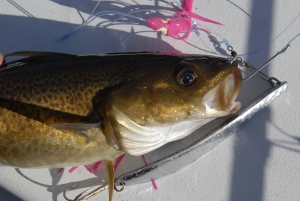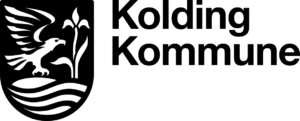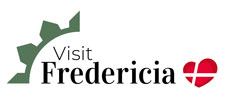The Aquatic Environment
The Little Belt connects the brackish waters of the Baltic Sea with the salty sea of Kattegat.
There is a yearly net flow from the Baltic Sea into Kattegat, coursed by more than 60 large fresh water streams, which flow into the Baltic Sea. A majority of the water change through the Big Belt and the Sound, but there are still 40 billion cubic metres of water transported from the Baltic Sea through the Little Belt every year.
As the Little Belt is the narrowest of the three waters, with a width of less than one kilometre at the narrowing, this means that the current in the Little Belt is the most powerful current in the inner Danish waters, and the strait is also reminiscent of a river. Beneath the surface, dramatic waterfalls occur with currents called hydraulic control. The most powerful current makes certain that the bottom is kept free from loose material. Which causes the Little Belt to have a hard bottom, which is rare in the inner Danish waters. The water depth in the Little Belt varies and offers water depths of more than 80 metres, which is the deepest in the Danish Waters.
The water change in the Little Belt mostly depends on weather and wind. The persistent western wind will press the salty water from Kattegat and through the strait, and result in a south flowing current. In contrast, an eastern wind will press the fresh water from the Baltic Sea out towards Kattegat.
The fact that the salty water of Kattegat and the fresh water of the Baltic Sea meet in the Little Belt, means that the water is often divided in layers, where the heavier salty water sinks towards the bottom, while the fresh water lays on top. These two waters move back and forth through the strait and create unique living conditions for animals and plants.
The Ministry of Environment of Denmark is responsible for the environmental conditions of the sea, water quality, and assessment of the biological conditions, as well as administration of the Marine Environment Act (Havmiljøloven).
Read about the Ministry of Environment of Denmark here: https://eng.mst.dk/nature-water/aquatic-environment/the-sea/
There is rarely loss of oxygen in the current filled sea at Naturpark Lillebælt. The Ministry of Environment of Denmark monitors oxygen loss in the Danish Fjords, coastal waters, and open water areas as part of NOVANA – National Monitoring Programme of Water and Nature.
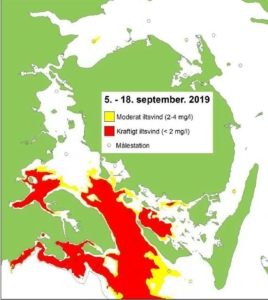
Kort fra rapport om iltsvind fra Miljøstyrelsens side.
Flora and Fauna
The large water depth, the hard bottom, and the strong current gives unique conditions for flora and fauna, which do not occur anywhere else in the Danish waters.
The large water changes also provide animals and plants easy access to food, as the availability of nutrient salts are markedly greater. The extra good feeding conditions contribute to the well-developed flora and fauna we have at the bottom of the strait today, which have adapted to the hard bottom and the strong current.
The conditions are favourable for the colourful sea anemone, which in the Little Belt can reach a certain size and range, which is unique in the Danish waters. The conditions in the strait provide equally favourable feeding conditions for a large number of fish, and the area is of course an attraction for many sports divers and anglers from far and wide.
As the Little Belt is very narrow, the attractive spots for diving and angling are close to shore, and therefore easily accessible for commercial as well as recreational use. Additionally, the waves are usually moderate, which is equally unique to the Little Belt, meaning that the different activities may be enjoyed under safe and secure conditions.
There are good chances of catching sea trout, mackerel, herring, and garfish in Naturpark Lillebælt. Cod and flatfish are currently very challenging to catch.
DTU Aqua made a presentation for Hjælp Lillebælt (Help the Little Belt) about cod and flatfish. When considering all of Kattegat, the Belt seas, and the Sound, are the populations of cod, flounder, and plaice all fine. They are not receding. We just rarely see them in the Little Belt, and currently, no one knows why.
In April 2018, a new network saw the light of day. In collaboration with Destination Lillebælt, we have created the initiative “Lillebælts Fiskevenner” (Fishing Friends of Lillebælt), a network of businesses that strengthen angling in the area. The network was established in order to share knowledge about fish and fishing, and raise awareness about sustainable fishing.
At Lillebælts Fiskevenner, you will for example receive a multilingual fishing guide, get knowledge about sustainable fishing (knowledge of minimum measuring and good fishing behaviour). The fishing friends refer to the places where one can buy a fishing license and receive prognosis of high and low tide.
What does Naturpark Lillebælt do?
Naturpark Lillebælt works on volunteer projects based on the aquatic environment.
Kolding and Middelfart municipalities participate in the EU LIFE Project, where they must create 1,5 ha eel grass beds and 30 ha stone reefs in shallow water, so as to create mussel banks, food, and habitats for birds and fish.
Kolding Municipality wants to create stone banks in Kolding Harbour, which focus on the reestablishment of habitats in the sea.
Along with Naturpark Lillebælt, researchers, anglers, volunteers, etc. received a 17.1 million DKK contribution from the Nordea-foundation and the VELUX-foundation for more habitats, research, and promotion of the Little Belt.
More knowledge about the Little Belt
The professional anglers in the Little Belt have negotiated with the minister about new rules for trawl fishing in the Little Belt. In April 2019, a new trawl declaration came into effect, which provides more protection for the fish in the Little Belt. It is not permitted to fish using a pelagic trawl in large parts of Naturpark Lillebælt and bottoms trawls are not allowed in Kolding Fjord, Gamborg Fjord, or between the two the Little Belt bridges.
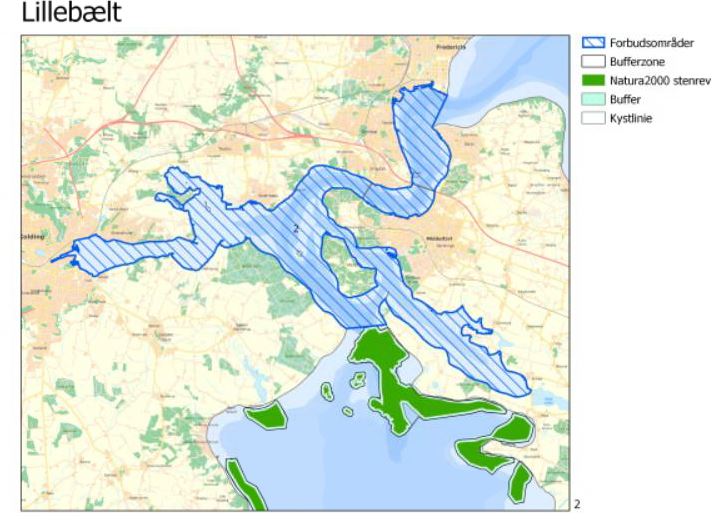
The diagonal blue lines on the map above indicate where fishing with a surface trawler is prohibited.
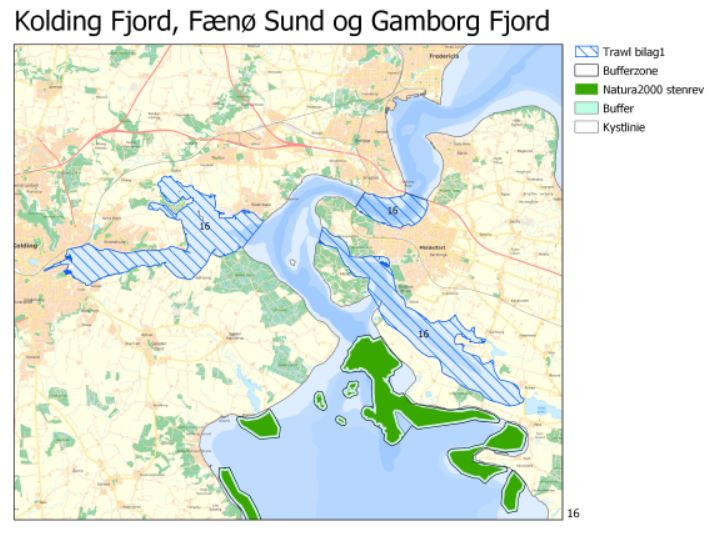
The diagonal blue lines on the map above indicate fishing with a bottom trawl is prohibited.
Which ships are sailing in the Little Belt? Try finding them on vesselfinder.com
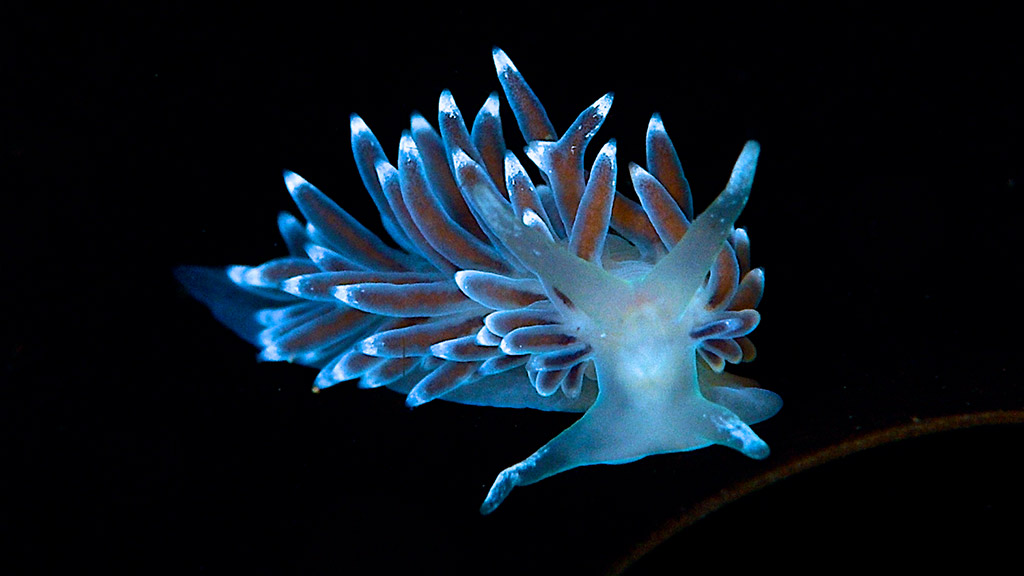
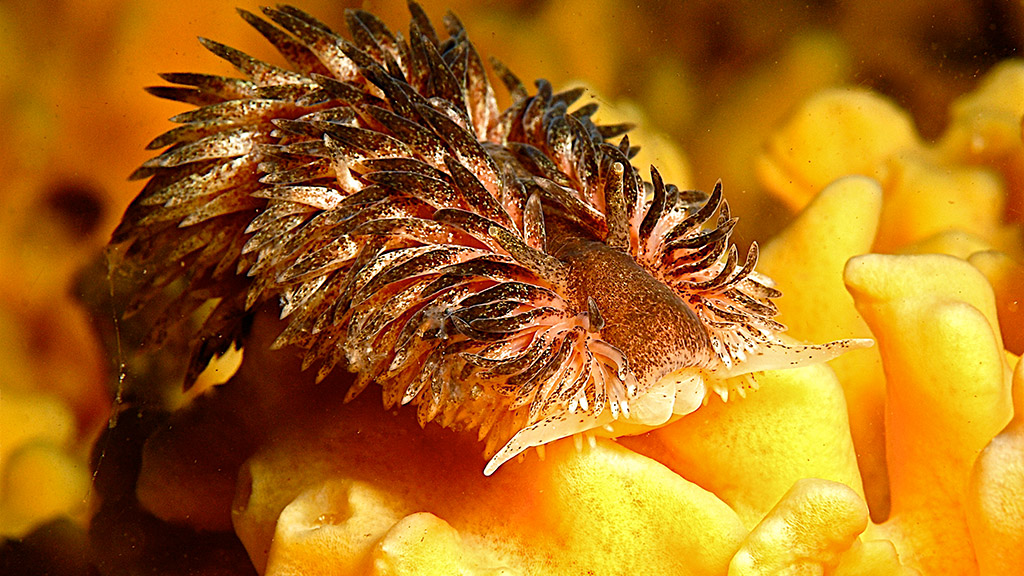
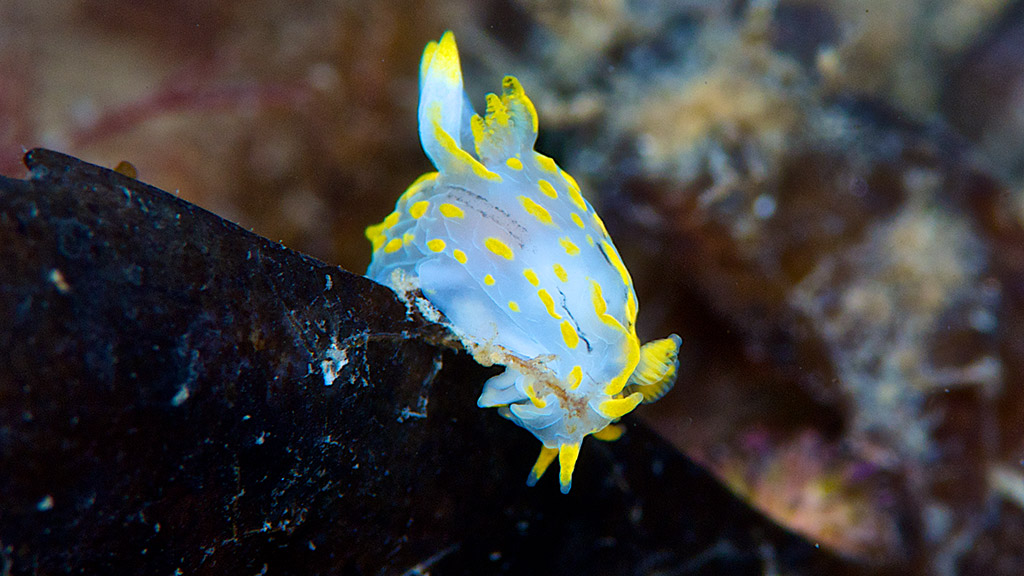
Photos: Ulrik Westphal
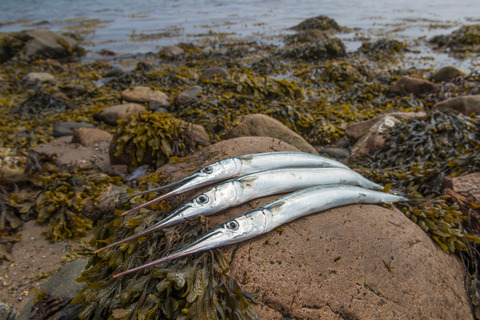

The Porpoise

The Otter

The Danish Orchids

The Sea Trout
